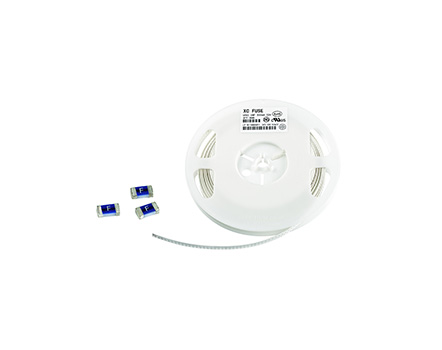
1. Rated current: The working current of a fuse (the maximum current that a fuse can maintain normal operation for a long time under normal conditions).
2. Rated voltage: The working voltage of the fuse (the maximum voltage that the fuse can safely withstand at the moment of disconnection). When selecting a fuse, the rated voltage should be greater than the input voltage of the protected circuit.
3. Breaking capacity: When a large overload current (such as a strong short circuit) occurs in a circuit, the fuse can safely cut off (break) the maximum current of the circuit. It is an important safety indicator for fuses. Safe breaking refers to the phenomenon of avoiding splashing, burning, explosion, and other hazards to surrounding components, components, and even personal safety in the breaking circuit.
4. Overload capacity (carrying capacity): The maximum overload current that a fuse can maintain for a specified period of time.
UL standard stipulates that the maximum non fusing current of a fuse maintained for more than 4 hours is 110% of the rated current (100% for miniature fuse tubes)
According to IEC standards, the maximum non fusing current of a fuse that operates for more than 1 hour is 150% of the rated current
5. Fusing characteristic (I-T): The relationship between the load current applied to the fuse and the fuse's fusing time.
A. Fusing characteristic curve (I-T curve): A curve formed by connecting the average fusing time coordinate points of a fuse under different load currents in a logarithmic coordinate system with the load current as the X-axis and the fusing time as the Y-axis. Each model and specification of fuse has a corresponding curve that represents its fusing characteristics, which well describes the overload performance of the fuse. It can be used as a reference for selecting fuses.
Read recommendations:
honeywell water heater thermostat